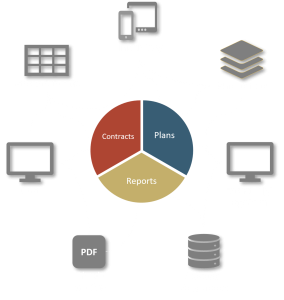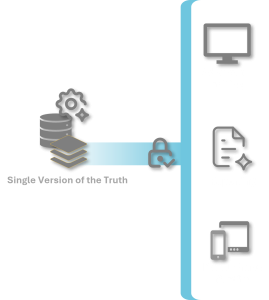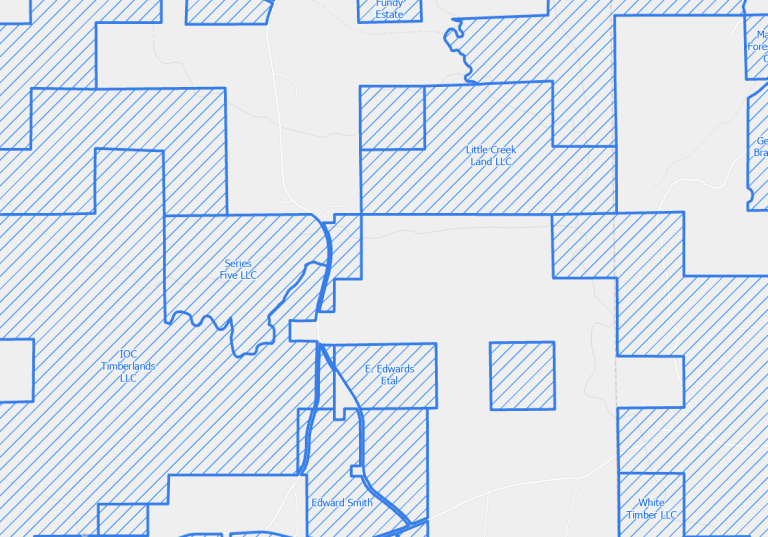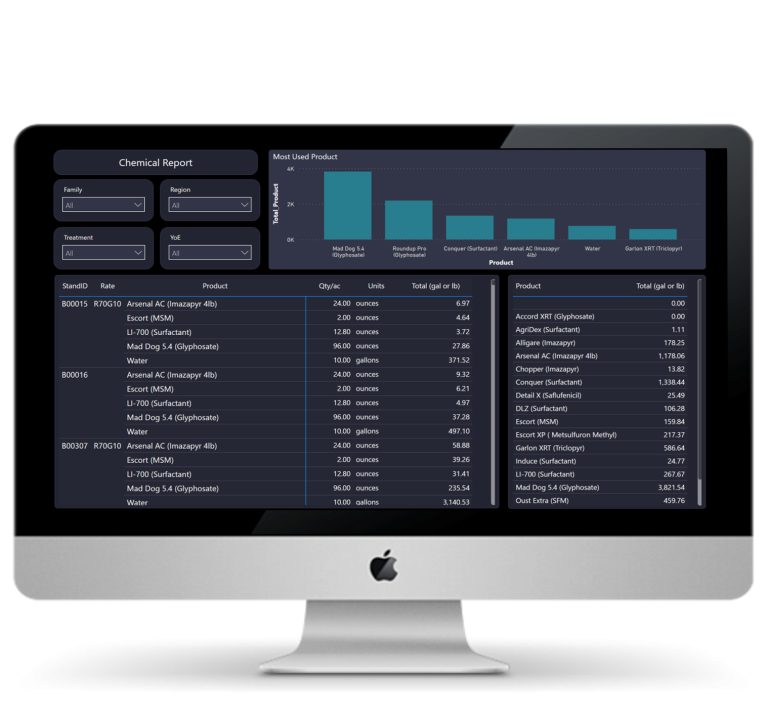Meet Today’s and Tomorrow’s Information Demands Through a Single Version of the Truth for Forest Assets.
Managing precious forest assets with a collection of technology ‘parts’? Are your forest asset technologies the equivalent of an iPhone 6? Symptoms of a system of parts are:

Are legacy systems limiting the potential of your data investments? Below are common and solvable problems organizations struggle with:

Our Web GIS Solution provides enterprise grade capability without the headaches of managing the software and servers. This solution is transformative for an operation.

Technology can be complicated, particularly when the number of system parts increase due to growth or changing information demands.
We specialize in the tech so you don’t have to. We’ll put complicated in the background and simple tools in the hands of those doing land management.
Typically land records are separate from systems from inventory and forest management. However, a change in ownership is integral to forest management and planning.

Is your information technology (IT) staff struggling to help you with GIS when GIS isn’t their thing? Are GIS and inventory staff working around – or with – IT?
This information is provided for those who are interested in the technical and business reasoning behind our approach.
